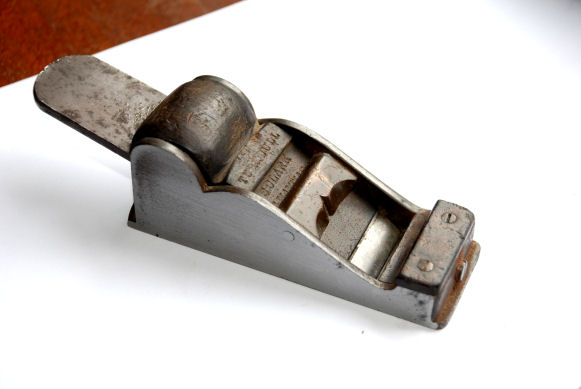The 'bench planes' are the set used to bring rough stock to dimension. A jack plane (about 15" long, 2" iron) with the cutter ground and sharpened to a definite curve, and set up with a wide mouth, is first used aggessively across the grain to hog off waste fast. Once the wood is near flat, the try plane (about 22" long, 2 3/8" iron) with the iron ground and sharpened square across and set with a tight mouth, is used with the grain to bring the wood to final surface. (You then turn the board over, and use the same two planes to bring the wood to thickness.) The jack will rough out the edges, and the try will finish them square to the faces, and straight. The final 'bench plane' is the smoothing plane (9" long, 2" iron). This is set up with an iron grond square across and kept very sharp, and set with a very fine mouth. It's used for a final finish on a board surface or edge, and to level and finish assembled work.
Ideally, you'd have all three. Even if you use machines for stock preparation, there will be times when it's not possible to machine a board (too wide for the thicknesser, for example), and hand planing is the only answer.
For a 'general purpose' plane, Chris Schwarz advocates a jack plane with two irons, one ground to a curve, one straight across. When you need to rough out, set the plane's frog back and fit the curved iron. When you need to finish, set the frog forward again, and fit the straight-across iron. (Axminster sell a leather plane-iron wallet to store the spare iron in.) It would speed change-over if the irons each had a cap-iron fitted. However, as AndyT said above, if the bulk of your handplaning is smoothing machine-planed timber, a No 4 smoother would probably be more appropriate.
Block planes are useful one-handed trimming and fitting planes. The low-angle ones especially are good on end grain.
After that, you have the special purpose planes. Plough planes for grooves, rebate planes for - er - rebates, hand routers for cross-grain trenches, shoulder planes for trimming tenon shoulders, and so on. If you do such jobs with machines, they're not essential, though some can be handy for tidying up and trimming.




































